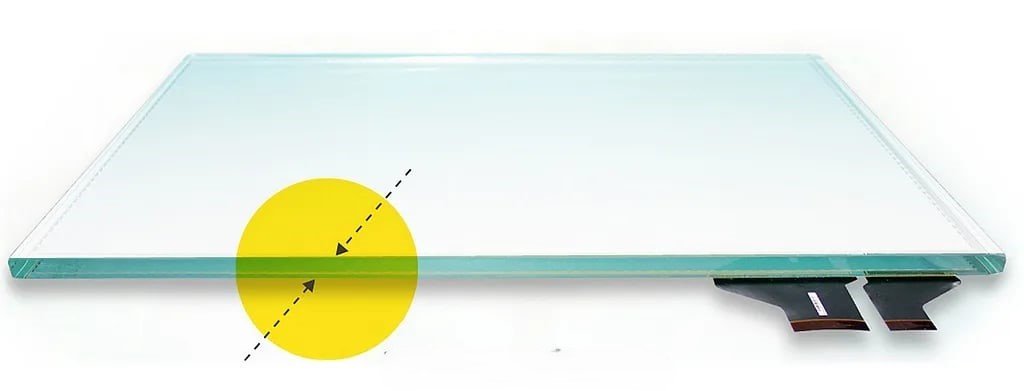Touch glass is becoming a vital component in a wide array of industries, significantly impacting device performance, durability, and user experience. The thickness of touch glass varies based on industry requirements, making it essential for manufacturers to understand the optimal thickness for their specific applications. In this article, we’ll explore the typical touch glass thicknesses used in smartphones, tablets, and in-vehicle display systems, along with their unique advantages.

Common Thickness Range: 0.5mm - 1.1mm
In the competitive smartphone market, a balance of sleek design and functionality is key. The touch glass used in smartphones typically falls within the thickness range of 0.5mm to 1.1mm, addressing both weight and durability.
Common Thickness Range: 0.7mm - 1.1mm
Tablets aim to deliver a blend of portability and resilience, with touch glass thicknesses typically between 0.7mm and 1.1mm.
Common Thickness Range: 1.1mm - 2.0mm
In-vehicle displays encounter demanding conditions, necessitating touch glass that offers maximum durability and impact resistance. The thickness typically ranges from 1.1mm to 2.0mm.
The choice of touch glass thickness is crucial across various industries, as it directly affects device durability, performance, and user satisfaction. Selecting the appropriate thickness for smartphones, tablets, and automotive displays is vital for achieving optimal functionality and longevity. By understanding the specific needs of each industry, manufacturers and designers can innovate and create products that stand out in today’s competitive market.